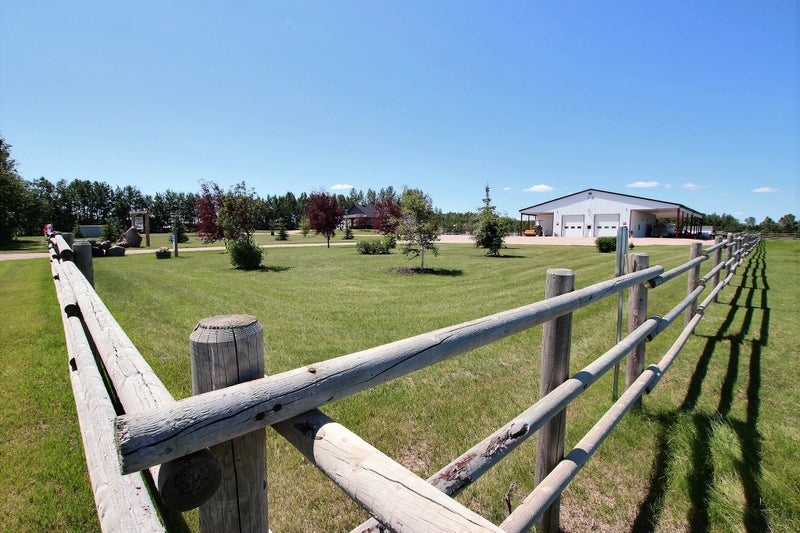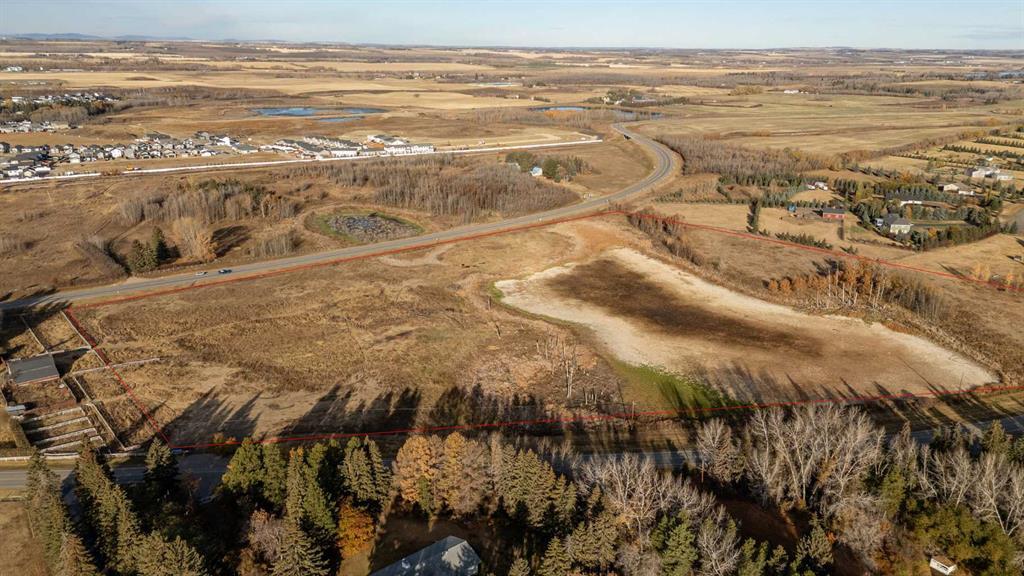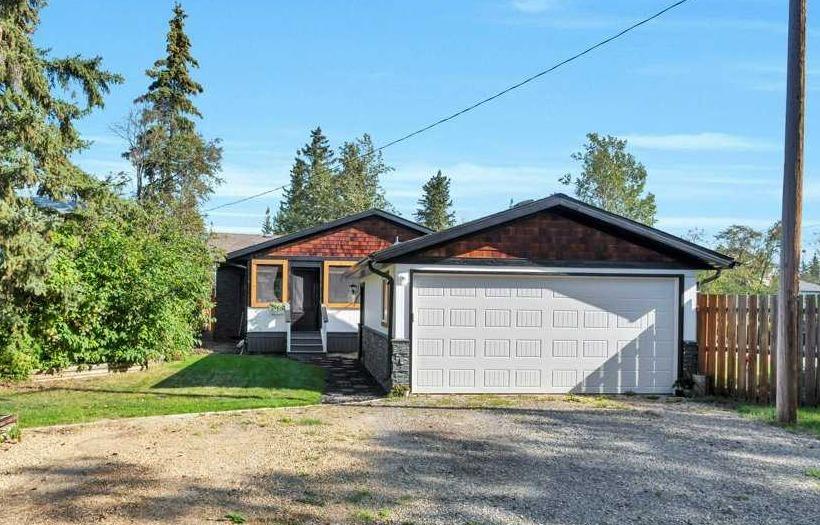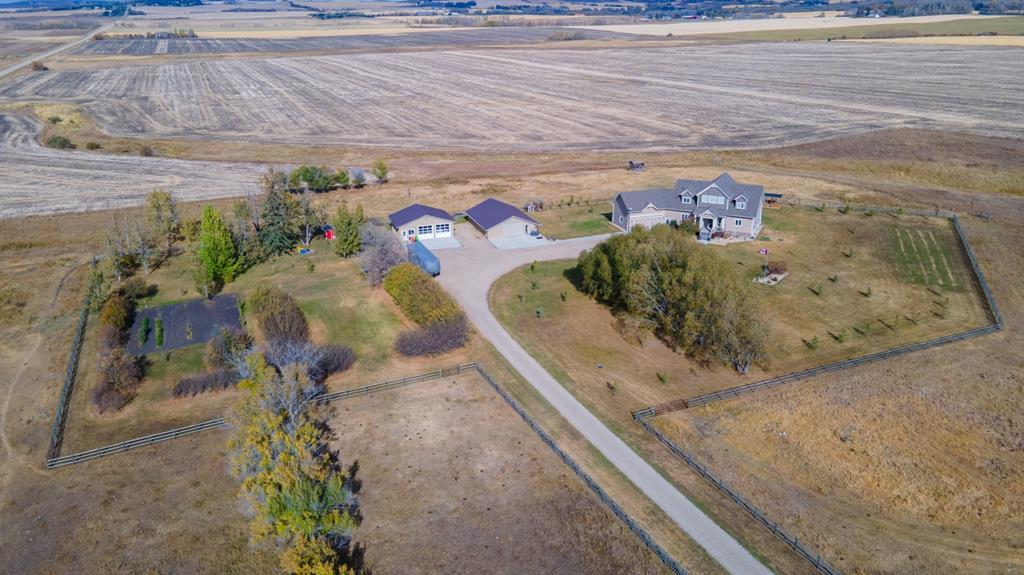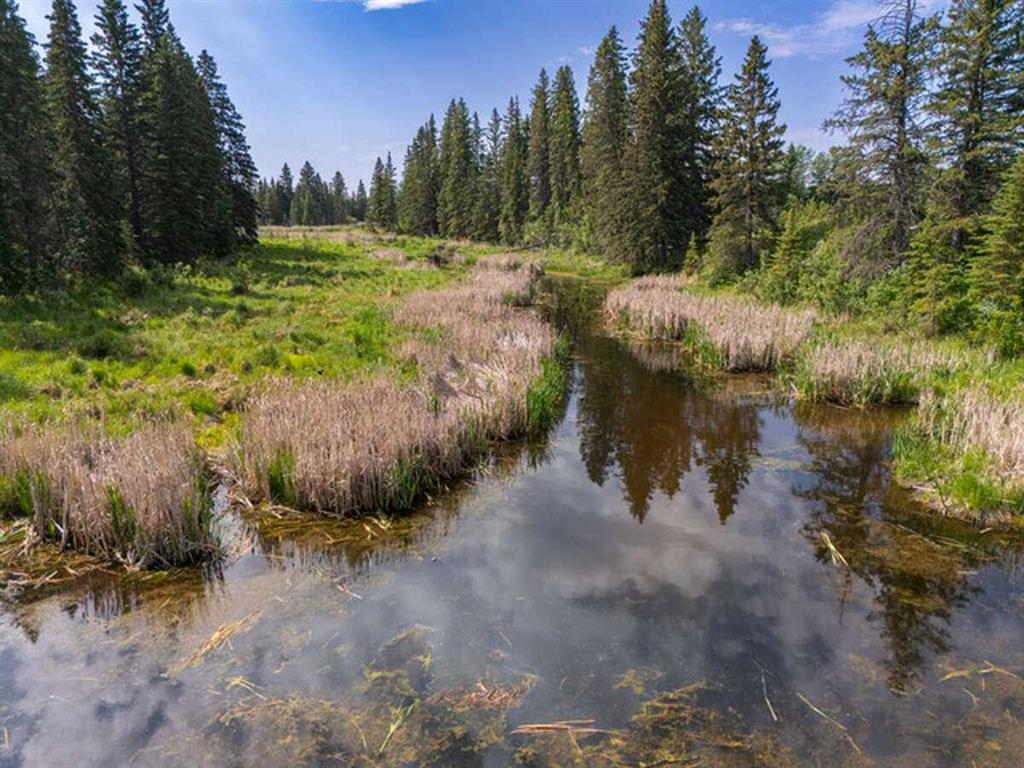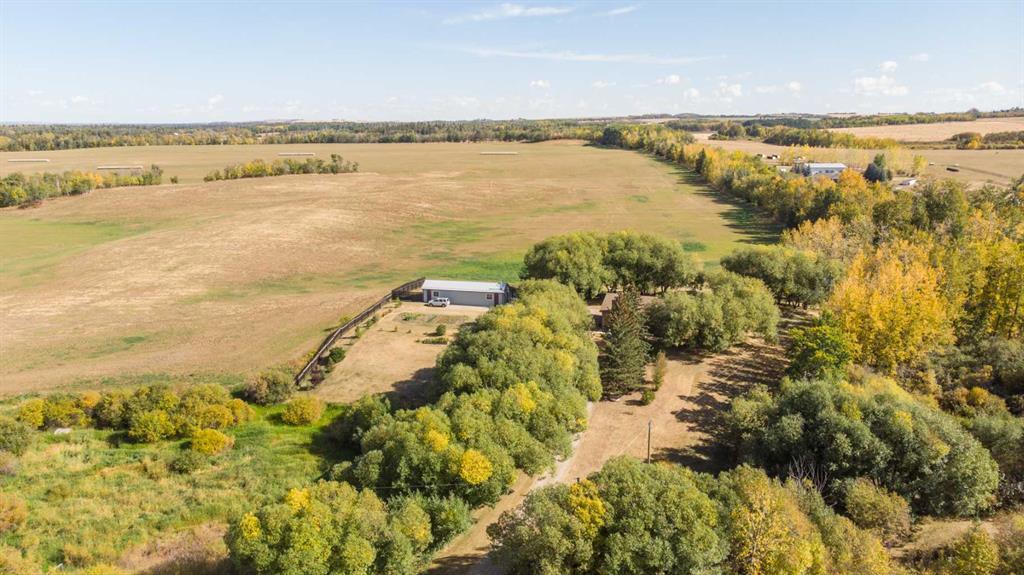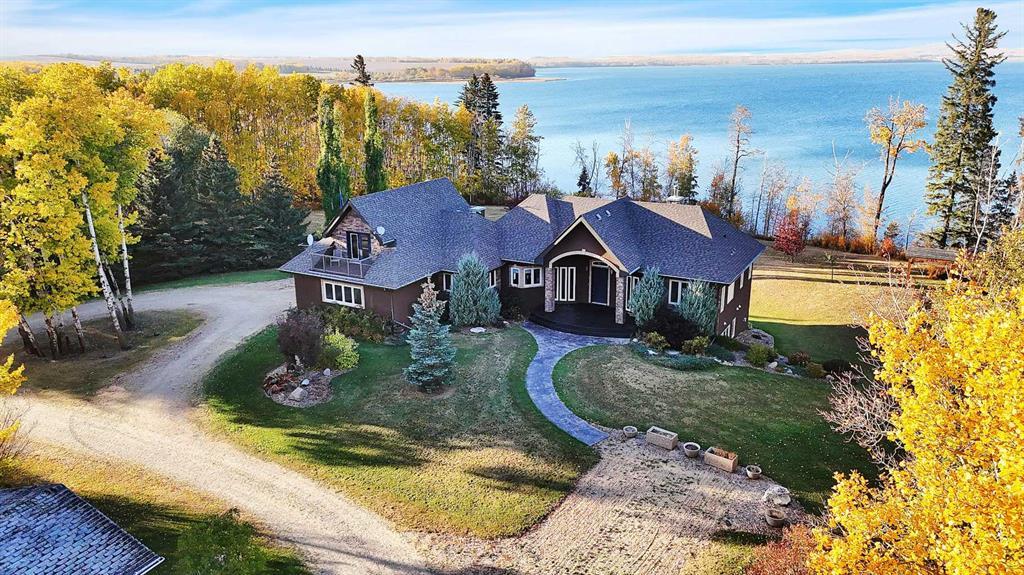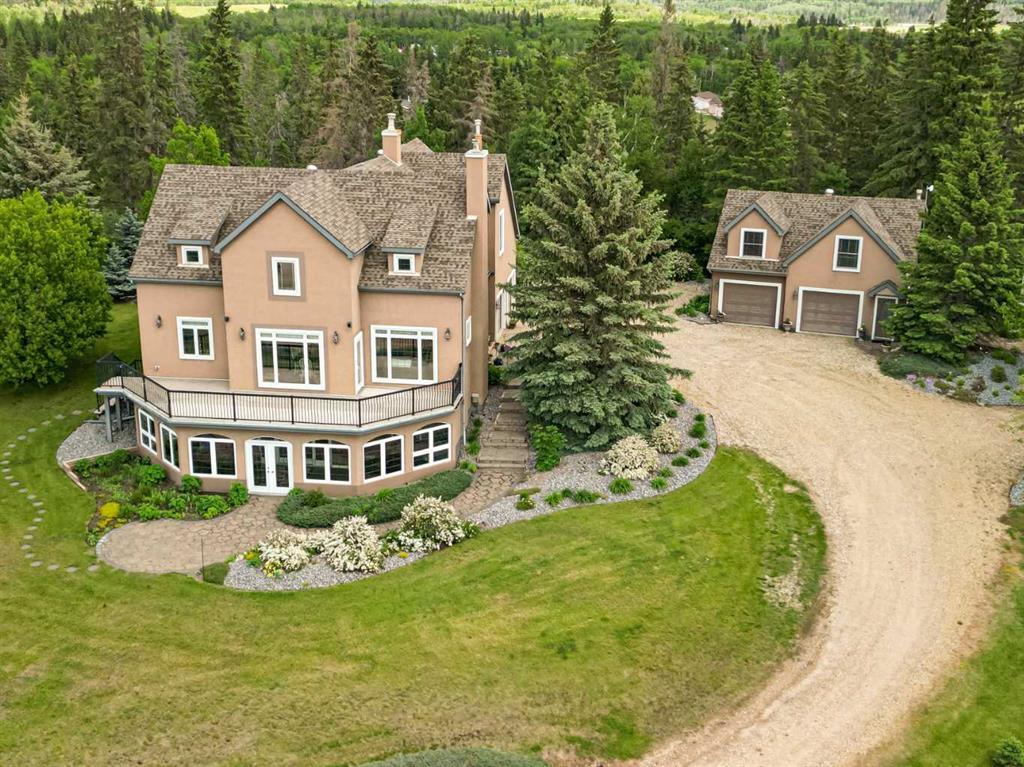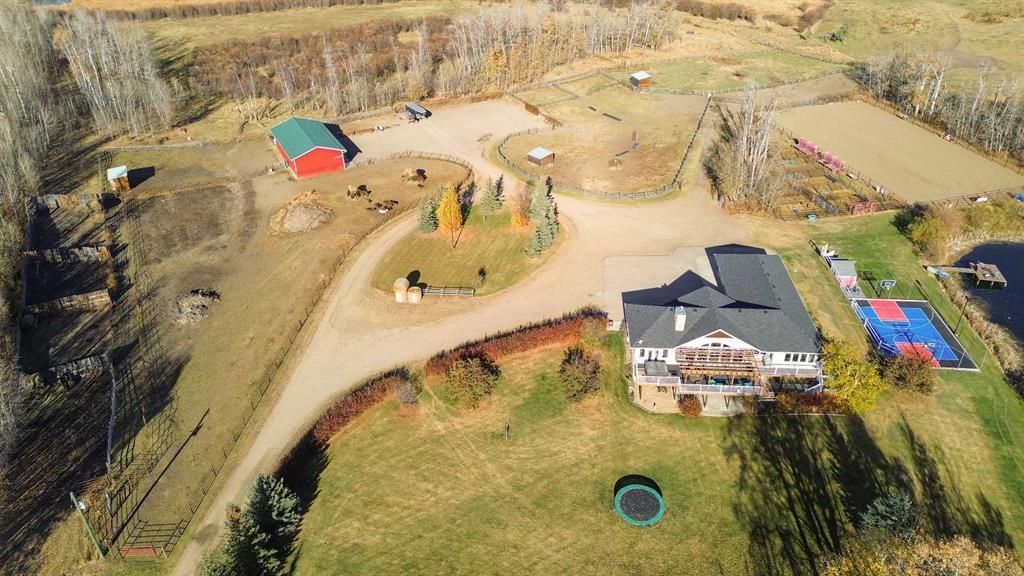Red Deer Area, AB Real Estate Statistics
| Average Price | $1.4M |
|---|---|
| Lowest Price | $150K |
| Highest Price | $13.9M |
| Total Listings | 151 |
| Avg. Days On Market | 147 |
| Avg. Price/SQFT | $643 |
Property Types (active listings)
See the Newest Red Deer Area, Alberta Acreages 1+ Acre
Find Your Dream Acreage in the Red Deer Area, Alberta
local Communities: Red Deer, Lacombe, Blackfalds, Penhold, Innisfail, and Sylvan Lake
The Red Deer area occupies a great position in central Alberta, sitting roughly halfway between Calgary and Edmonton on Highway 2. This location makes it practical for people who work in either city, need regular access to both, or simply want to be centrally positioned in the province. Red Deer County and Lacombe County offer diverse acreage options at prices that provide better value than properties closer to Calgary.
Red Deer itself serves as the main service center for central Alberta, with a population of around 100,000 people. The city has everything you'd expect from a regional hub, hospitals, schools, shopping, recreation, and employment opportunities, without the scale and cost of Calgary or Edmonton. For acreage buyers, this means you're never far from services while still enjoying the space and privacy that comes with rural living.
Lacombe County extends south of Red Deer and offers a mix of agricultural land, treed properties, and residential acreages. The town of Lacombe has maintained its historic character while providing modern amenities, and the county itself has a strong agricultural foundation that supports rural landowners.
Why Choose the Red Deer Area for Your Acreage?
Location is the obvious advantage. You're approximately 90 minutes from both Calgary and Edmonton, which makes the Red Deer area practical for people whose work or life requires access to both cities. Highway 2 is well-maintained year-round, and the drive in either direction is straightforward without the traffic congestion you'd face closer to either urban center.
Affordability matters here. Property prices in Red Deer County and Lacombe County are generally lower than counties immediately surrounding Calgary or Edmonton. You'll get more land for your money, and ongoing property taxes are reasonable compared to areas with higher population density.
The economy in the Red Deer area is diverse and stable. Oil and gas, agriculture, healthcare, education, and retail all contribute to the local job market. Red Deer has its own industrial base and doesn't function solely as a bedroom community for larger cities, which creates economic resilience and employment opportunities.
Services and infrastructure are well-developed. Red Deer has two hospitals, numerous schools (public and Catholic), post-secondary institutions including Red Deer Polytechnic, and recreational facilities that rival much larger centers. You're not sacrificing access to healthcare, education, or amenities by choosing to live on an acreage in this area.
The climate in the Red Deer area is typical of central Alberta, with cold winters moderated by occasional Chinook winds and warm summers with plenty of sunshine. The growing season supports gardens and pastures, and the area receives enough precipitation to maintain agricultural productivity without extensive irrigation.
Popular Communities in the Red Deer Area
The Red Deer area includes several towns and communities, each offering different advantages depending on what you're looking for.
-
Red Deer is the largest city in central Alberta and serves as the main hub for the region. While the city itself is urban, the surrounding county offers acreages within a short drive of all city services. Properties near Red Deer are the most accessible and tend to be priced at the higher end of the county range due to proximity to amenities.
-
Lacombe sits south of Red Deer and has maintained its small-town character with a historic downtown, local shops, and community events. The town has good schools, recreational facilities, and services that reduce the need to drive into Red Deer regularly. Properties near Lacombe offer good value and a strong sense of community.
-
Blackfalds is located between Red Deer and Lacombe and has seen significant growth over the past decade. The town offers modern amenities, schools, and recreational facilities while maintaining a family-friendly atmosphere. Properties near Blackfalds provide easy access to Red Deer with slightly lower costs than acreages closer to the city.
-
Penhold sits north of Red Deer and is a smaller community with a quieter atmosphere. The town provides basic services, and properties in the area tend to be more affordable than those closer to Red Deer. The Canadian Forces Base Wainwright training area is nearby, which contributes to local employment.
-
Innisfail is north of Red Deer in the northern part of Red Deer County. The town has a historic character and serves agricultural areas in the surrounding region. Properties near Innisfail offer larger lots at lower prices, with the tradeoff being slightly longer drives to Red Deer for services.
-
Sylvan Lake is west of Red Deer and known primarily as a summer resort town. While the lake area itself is more developed, the surrounding acreages in Red Deer County offer recreational access and scenic settings. Properties here tend to be priced higher due to proximity to the lake and tourism draw.
What Acreage Living in the Red Deer Area Actually Looks Like
Living on an acreage in the Red Deer area means taking on the responsibilities that come with rural property ownership. Most acreages outside town boundaries operate on well water and septic systems, both of which require regular maintenance, testing, and occasional repairs. Budgeting for these systems is important, as replacements or major repairs can cost thousands of dollars.
Snow removal is your responsibility. The county maintains main roads, but your driveway and property access are on you. Depending on driveway length and property size, you may need a plow, tractor, or hired help to clear snow after storms. Central Alberta receives moderate snowfall, and while Chinook winds provide occasional relief, you'll still deal with winter conditions for several months.
Property maintenance takes time and effort. Lawn care, fence repairs, and general upkeep require ongoing attention. If you have livestock, there's daily feeding, water management, shelter maintenance, and veterinary care to consider. None of this is unmanageable, but understanding the time commitment involved in maintaining a rural property is important before purchasing.
That said, the lifestyle appeals to people for clear reasons. You have space and privacy without neighbors looking into your windows or complaining about noise. Kids can explore outdoors safely, dogs can run freely, and hobbies that require room, like mechanics, woodworking, or large gardens, become practical.
If you work remotely, the Red Deer area offers a quality of life that's hard to match. You're not dealing with traffic or noise, and the cost of living is lower than in urban areas. Red Deer provides everything you need when you need it, but day-to-day, you're living in a place where the pace is slower and stress levels drop.
The community aspect in the Red Deer area is genuine. People help each other out, whether it's lending equipment, sharing livestock knowledge, or checking in during tough weather. The connections here feel real, and that sense of community is something many residents value deeply.
Red Deer Area Real Estate Market Overview
The acreage market in the Red Deer area offers solid value compared to counties closer to Calgary or Edmonton. Smaller residential acreages (2-5 acres) near Red Deer or Lacombe typically start in the $450,000-$650,000 range, depending on home condition and proximity to services. Larger properties (10-40 acres) with older homes or buildings that need work can often be found in the $400,000-$550,000 range.
Premium properties with newer builds, extensive outbuildings, and well-maintained infrastructure can exceed $800,000, but these are less common than in counties immediately surrounding Calgary. Most buyers in the Red Deer area are looking for value and space rather than luxury finishes, so the market reflects that priority.
Red Deer County properties closer to the city tend to be priced higher than those in Lacombe County or the northern parts of Red Deer County. If your priority is land over proximity to Red Deer, areas near Innisfail or in Lacombe County provide better value per acre.
Zoning in both Red Deer County and Lacombe County typically allows for residential use with agricultural activity. That means you can keep horses, cattle, chickens, and other livestock without special permits in most cases. Larger commercial operations or additional dwellings may require rezoning or development permits, so verifying what's allowed on specific properties is important before purchasing.
Inventory varies seasonally, with more properties listed in spring and summer. Competition is less intense than in Rocky View or Foothills counties, so buyers have more time to evaluate properties and negotiate offers. Properties that need work or are in more remote areas tend to sit on the market longer, which can create opportunities for buyers willing to take on projects.
Things to Do in the Red Deer Area
The Red Deer area offers year-round recreation and activities for families and outdoor enthusiasts. Red Deer has numerous parks, trails, and green spaces, including the Waskasoo Park system with over 100 kilometers of pathways along the Red Deer River. The city has recreation centers, swimming pools, arenas, and sports facilities that serve the broader region.
Sylvan Lake is a major draw during the summer months, offering beaches, water sports, and seasonal events. The lake is about 20 minutes west of Red Deer and provides easy access to recreational activities without needing to drive hours from home.
For families, communities throughout the Red Deer area have parks, playgrounds, and seasonal events. Lacombe is known for its historic downtown, farmers' markets, and community festivals. Youth sports leagues, 4-H clubs, and other programs connect kids with peers and teach skills related to rural living and agriculture.
Calgary and Edmonton are both within reasonable driving distance for professional sports, concerts, museums, shopping, and dining. Most residents find they don't need to go to either city as often as they expected, but having access when you want it is convenient.
For people interested in agriculture, the Red Deer area has a strong network of agricultural societies, livestock associations, and farming organizations. Local events like rodeos, agricultural fairs, and auctions are common and provide opportunities to connect with others who share similar interests.
The area's central location also makes it practical for exploring other parts of Alberta. The mountains are about two hours west, Drumheller and the Badlands are less than two hours east, and both major cities are within 90 minutes.
Ready to Find Your Red Deer Area Acreage?
We work with buyers throughout the Red Deer area and understand the differences between Red Deer County and Lacombe County, zoning regulations, and what to look for when evaluating acreage properties. Whether you're moving from Calgary, Edmonton, relocating from another province, or looking to upsize from a smaller property, we'll help you find the right fit.
Our team knows the local market, can connect you with lenders and inspectors who specialize in rural properties, and will walk you through every step of the process. We're not here to push you into something that doesn't make sense. We're here to help you make an informed decision based on your needs and budget.
Frequently Asked Questions About Red Deer Area Acreages
How much does an acreage cost in the Red Deer area?
Acreages in the Red Deer area typically range from $400,000 to $800,000 depending on size, condition, and location. Smaller properties (2-5 acres) near Red Deer or Lacombe start around $450,000-$650,000, while larger acreages (10-40 acres) with older homes can be found in the $400,000-$550,000 range. Premium properties with newer builds and extensive amenities can exceed $800,000, but are less common than in counties closer to Calgary.
How far is Red Deer from Calgary and Edmonton?
Red Deer is approximately 150 kilometers from Calgary (90 minutes south) and 145 kilometers from Edmonton (90 minutes north) via Highway 2. The drive to either city is straightforward year-round with well-maintained highways. This central location makes Red Deer practical for people who need regular access to both major cities or who work in central Alberta's oil and gas sector.
Is the Red Deer area cheaper than the Calgary or Edmonton areas?
Yes, acreages in the Red Deer area are generally more affordable than properties in counties immediately surrounding Calgary or Edmonton. You'll typically get larger properties at lower prices in Red Deer County or Lacombe County compared to Rocky View, Foothills, or Leduc counties. Property taxes are also moderate, making the Red Deer area attractive for buyers seeking value and space.
What utilities are available on acreages in the Red Deer area?
Most acreages in Red Deer County and Lacombe County operate on well water and septic systems rather than municipal services. Electricity is standard across all properties, and internet availability has improved with fixed wireless and satellite options, though speeds may be slower than in urban areas. Natural gas availability varies by location, with some properties connected to lines and others using propane for heating.
Can you have horses on an acreage in the Red Deer area?
Yes, horses are permitted on most acreages in Red Deer County and Lacombe County. Both counties have strong agricultural zoning that supports equestrian use, and many properties include pasture, barns, and fencing suitable for horses. The Red Deer area has a solid equestrian community with clubs, competitions, and facilities supporting horse owners.
Can you farm in the Red Deer area?
Yes, both Red Deer County and Lacombe County have strong agricultural economies and support farming operations of all sizes. Whether you're interested in hobby farming, raising livestock, or larger-scale agricultural production, the counties' zoning and infrastructure accommodate these activities. Many properties come with existing barns, outbuildings, and fenced pasture suitable for farming or ranching.
What is Red Deer known for?
Red Deer is known as the third-largest city in Alberta and the main service center for central Alberta. The city has a diverse economy, strong healthcare and education sectors, and serves as a regional hub for oil and gas, agriculture, and retail. Red Deer is also known for its extensive park system, recreational facilities, and central location between Calgary and Edmonton.
What is the commute like from Lacombe to Red Deer?
The commute from Lacombe to Red Deer takes approximately 15-20 minutes via Highway 2A or Highway 2, depending on which route you take and where you work in Red Deer. The drive is straightforward year-round, and many people who work in Red Deer choose to live in Lacombe or the surrounding area for the small-town atmosphere and lower cost of living.
Are property taxes lower in the Red Deer area?
Property taxes in Red Deer County and Lacombe County are moderate compared to other areas in Alberta. Rates are generally lower than Rocky View or Foothills counties but may be slightly higher than more remote counties like Kneehill or Clearwater. Both counties provide solid services, including road maintenance, fire protection, and emergency response. Actual tax amounts depend on property value and size.
What are the pros and cons of living in the Red Deer area?
Pros include central location with access to both Calgary and Edmonton, more affordable property prices than counties near major cities, solid local economy with diverse employment opportunities, excellent services and amenities in Red Deer, strong agricultural community, and access to Sylvan Lake and outdoor recreation. Cons include longer commutes to either Calgary or Edmonton compared to living in those regions, colder winters than southern Alberta, and potentially slower internet speeds in some rural areas.
Browse Other Communities


 (1).jpg)
